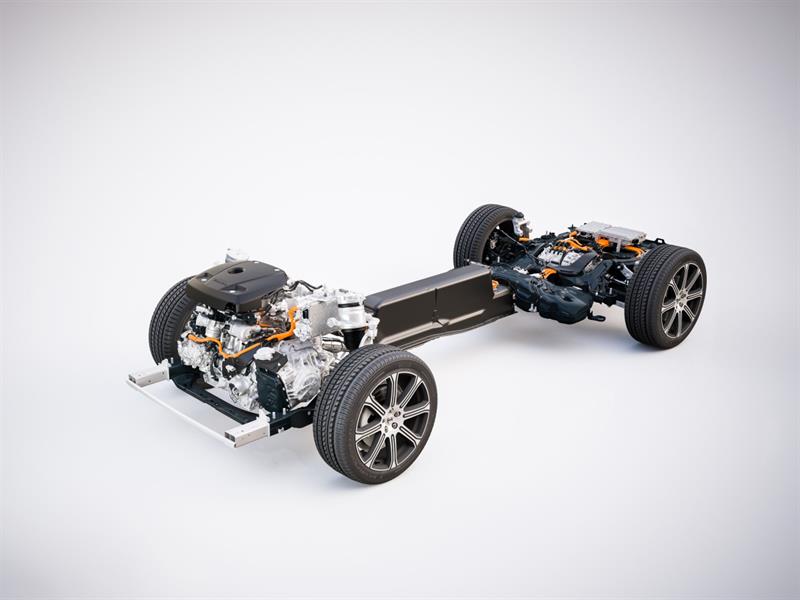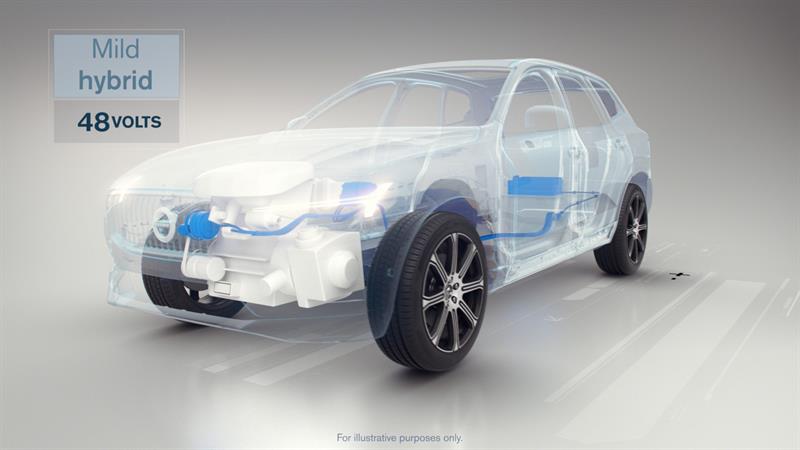That is putting pressure on vehicle manufacturers and the engineers developing the cars we drive.
Ford has a long history of producing numerous technologies in-house and the rise of software and its inherent importance has become a huge part of its vehicle development programmes.
Ford’s chief engineer for driveline engineering, Craig Renneker, comments: “Back in 2003 we had a brand new five-speed automatic transmission and at that time the software to control it was about 155,000 lines of code. Our new 10-speed that we recently launched in the Ford F-150 pick-up truck has just over a million lines of code.”
To put that into perspective NASA’s Space Shuttle required roughly 400,000 lines of code.
There are a number of reasons driving the increasing amount of software needed in vehicles, particularly the driveline.
The integration with the engine control is more sophisticated, the customer features are more varied, including electronic park select, manual shift selection and adaptive shifting, for example. All of these features cause the software requirements to grow.
“A million lines of software for an automatic transmission and there is additional software for the engine that’s almost double that, and then the all-wheel drive system has a substantial chunk of code too,” says Renneker. “We’re talking about millions of lines of code to operate a modern driveline.”
But the embedded code is something that is helping to differentiate vehicles in a competitive market.
 Michael Schomisch, manager of software and electronics at GKN says: “Driveline software is increasingly becoming a differentiator for a vehicle’s driving experience and the OEM. This becomes specifically visible in our Twinster all-wheel drive system, which delivers a different driving behaviour not only for high performance vehicles but also for everyday cars.”
Michael Schomisch, manager of software and electronics at GKN says: “Driveline software is increasingly becoming a differentiator for a vehicle’s driving experience and the OEM. This becomes specifically visible in our Twinster all-wheel drive system, which delivers a different driving behaviour not only for high performance vehicles but also for everyday cars.”
In GKN’s Twinster system the base hardware can remain relatively unchanged but the underlying code will help it achieve different performance levels depending on the vehicle it is integrated into.
“Whether it’s vehicles as diverse as a large SUV or high-performance compact car, software really makes the difference,” says Schomisch. “And software also has a strong contribution to increased CO2 efficiency – both, in all-wheel drive and electric drivetrains.”
For GKN, software is an enabler for small and lightweight but still highly performing drivetrains through smart controls, while alsoactively reducing losses by intelligent disconnect, gearshifts and e-motor control.
But, Schomisch makes the point that as the amount of active driveline and chassis systems increase, integration capability becomes more important.
“Our software is designed to fully integrate with the other systems to deliver higher level controls for individual system functions such as gearshift and e-motor controls, functions to mitigate adverse driveline effects such as NVH, oscillations or drag losses as well as interfaces to allow other systems to take benefit of our driveline technologies,” he says.
Volvo is one of many OEMs that uses GKN driveline technologies in its vehicles and is increasingly aware of the role software plays.
Volvo’s senior director of propulsion controls and calibration, Lutz Stiegler says: “Drivelines are becoming more complex and customer expectations of how they behave are getting broader, hence the software that controls the systems is getting more complex and becoming a more important component of a vehicle.”
For Stiegler and his engineers the main task is optimal torque delivery and distribution from the source, whether it’s the combustion engine or electric motor, to the individual axle.
That’s important considering Volvo’s move into providing not only combustion powertrains in its vehicles but also mixing combustion and electric propulsion in its plug-in hybrid variants.
But while finding the balance in software development is the here and now, Stiegler and his team are also looking to the future.
“Over-the-air driveline updates are one option that we intend to use in the future. There’s also an extremely wide range of opportunities to link the driveline controls to the ‘connected car’. One example is further energy optimisation via drive cycle and traffic flow prediction,” he says.
But the explosion in embedded software in a vehicle’s driveline, the possibility of over-the-air updates and the connected  car bring challenges that every firm, whether an OEM like Ford or Volvo or a Tier One supplier, must find solutions to.
car bring challenges that every firm, whether an OEM like Ford or Volvo or a Tier One supplier, must find solutions to.
Many might think that it’s the processing power required to run all the code that would cause the biggest issue, but Renneker says that isn’t the case, saying, “Moore’s law seems to work pretty well”. Instead it’s memory and the human factor that are causing the biggest headaches.
Renneker adds: “The issue we’ve had in the driveline world is that automotive memory is very expensive. People tend to think of it being cheap, you can go to your local store and buy a gigabyte memory chip for a few dollars, but the memory that has the capability to live in an automotive environment – with extreme temperatures and extreme vibration – tends to be very expensive.”
As technologies like transmissions and other driveline systems have a long incubation period, the growth of the software during that time can cause issues. Most pertinently, how much memory to integrate.
“We continue to struggle with having enough memory because engineers can invent things that outpace the memory, so we have a lot of fights to decide how much to put in a module,” says Renneker.
But hardware specifications aren’t the biggest challenge. That’s reserved to the engineers themselves and bringing in the right people and the numbers needed to write the code itself.
“That is our primary resource constraint today,” explains Renneker. “The problem is that we’re drawing on the same market that the entire consumer products world is drawing on. These engineers are in demand, and it’s very difficult to find, train and retain them. It’s a big challenge for us.”
It’s unlikely to get easier, looking at firms like Facebook, an outwardly simple social media website, it still requires 61,000,000 lines of code to work. That in turn means a huge drain on the pool of software engineers automotive firms can recruit from.
The vehicles we drive, and the technologies that underpin them will become increasingly complex, reliant ever more on the lines of code that control every aspect of their running. OEMs and suppliers, while aware of the importance, are going to have to work hard to meet the challenges this brings.





